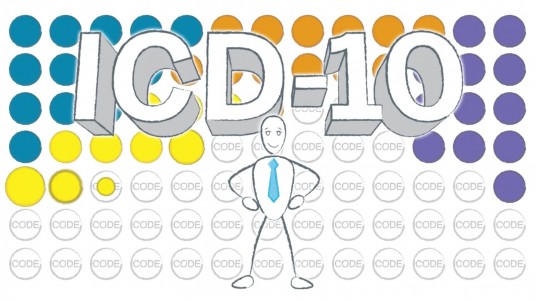This is one of the best executed demo videos we’ve seen from a student after taking our After Effects animation course. Bill Coughlan spent a month of hard work perfecting his animation and eventually came up with this great demo video:
http://www.youtube.com/watch?v=A_MkM29p2QI&rel=0
Bill shares with us how the production process was for him:
How long did it take to put together?
All told, it took about a month from our initial meeting to final delivery. We got moving very quickly — the client gave us her initial thoughts on what she wanted to say, and I turned it around and just had her tell me what the key things that really got her excited about the product, what problems potential users had that this solved, and so on; then I took that and wrote a script, and it stayed mostly unchanged from the start.What was the hardest part?
I hate to say the hardest part was something technical (since it’s usually the scriptwriting or workflow areas that introduce problems), but in this case that was actually true — getting the motion of the characters to look “real.” Yes, it’s animated, but I really wanted the movements to look as natural as possible (within the constraints of the style).What was the simplest part?
The simplest part had to be the smoothness of the operation — I had a client who was really open to trying something “outside the box” of what we usually do; I showed her a couple of Grumos as an example of the format, but never thought she’d be open to going with such a “drawn” animated style (since it was such a departure from our regular corporate work). But once she saw those, she said, “That’s what I want!” And then we planned everything out carefully (I even recreated the Grumo storyboard document in MS Word to make it easy for us all to edit) and it was smooth sailing from there on out.How did you record the voice over?
We recorded the voiceover using GarageBand and a USB microphone. I actually did a “temp track” recording to start animating, then we brought in someone on our staff who’s a professional presenter. I directed the performance, and it took us a while to get a delivery that really suited animation — you really have to pump up the emotion a lot more than you would for a live presentation. But our Chief Marketing Officer was so happy with it that he told us to make sure we got him to do as many of our future projects as we could!Where did you find the music?
The music is from the OmniMusic library — since my group does a lot of videos (though this was our first full-on After Effects animation), it’s nice to have a library of material on hand to chose from. If we need something that isn’t available there, we’ll license on a one-off basis, but having a full library at the ready saves a lot of time.How did you create the illustrations?
I did the original concept for the illustrations in Adobe Illustrator, and then we had another artist (the incomparable Matt Starchak) do storyboards with good old-fashioned pencil and paper — we scanned those into the storyboard document for approvals, then I created the character and all of the component elements in Illustrator again. I imported those into After Effects, and did most of the animation with the Puppet Pin tool.How did the Grumo course help you?
On the technical side of things, I had the animation courses up in a separate window a lot of the time as I was working in After Effects. But honestly, the biggest help was in the concept and workflow stages — how to structure a video (especially how to get right to the point as quickly as possible, and not belabor things with a lot of background) and how to organize your workflow to minimize wasted effort. I’ve set up a whole “script review” process now, where I (and a few other trusted writers) take client scripts (*all* client scripts) and run them through the “Grumo” filter to make sure they meet Miguel’s exacting standards! (My boss will actually tell clients, “Well, that’s not the way Miguel would do it, so we need to make a few changes.”)What other places online have helped you learn to put together this demo video?
As far as other resources go, in addition to my own experience as an independent screenwriter and director (with Tohubohu Productions), I’ve been scouring YouTube every time I run up against a problem I don’t know how to solve. One resource I will specifically call out is Video Copilot (www.videocopilot.net), which (in addition to some fantastic plug-ins) has a lot of tutorials on After Effects. Definitely worth checking out.Thanks so much for putting this course out there. Yeah, I could have done an animation without it, but I don’t think it would have been nearly as good. And even outside this one project, the course has completely changed our thinking about how we produce *all* of our videos.
In fact, our *second* animation produced under the Grumo framework is also now up on YouTube, if you’d like to give it a look: http://www.youtube.com/watch?v=6WTu_7i1koc
Thanks, Miguel!
Well, thank you Bill for taking Grumo’s animation course and ensuring your demo video met our exacting standards because it surely paid off! 🙂

Get Our Top 10 Video Marketing Tips
Enter your email below to receive the exact strategies we've used to reach over 20,000,000 people with our videos without spending a single dollar in ads